WHERE MACCABEES OVERTHREW IDOLATRY, EARLY GEORGIAN CHRISTIAN MOSAIC UNCOVERED
by Amanda Borschel-Dan, November 23, 2017
Ashdod, today home to the largest community of Georgian Jews in the world, was a Byzantine base for a Christian Georgian prince
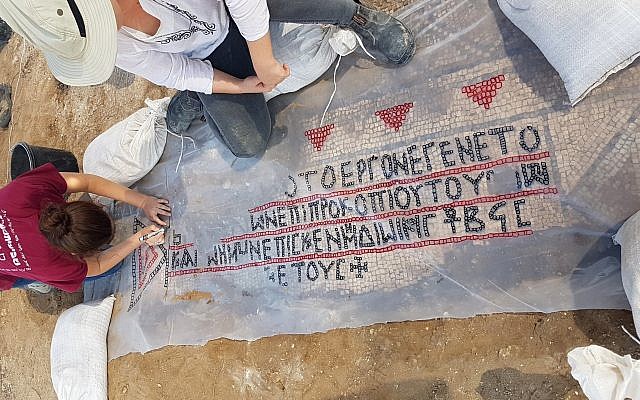
The first evidence of a Georgian Christian presence on the shores of the Holy Land was uncovered during August excavations in the ancient city of Ashdod-Yam. Dating to the Byzantine period, a Greek inscription was found on the floor of a 1,500-year-old church, which mentions the date of 292 according to the Georgian calendar.
The Ashdod-Yam inscription is the earliest known use of the Georgian calendar in the world — including in Georgia. Interestingly, according to the excavation's lead archaeologists, modern Ashdod is now home to the largest community of Jews of Georgian origin.
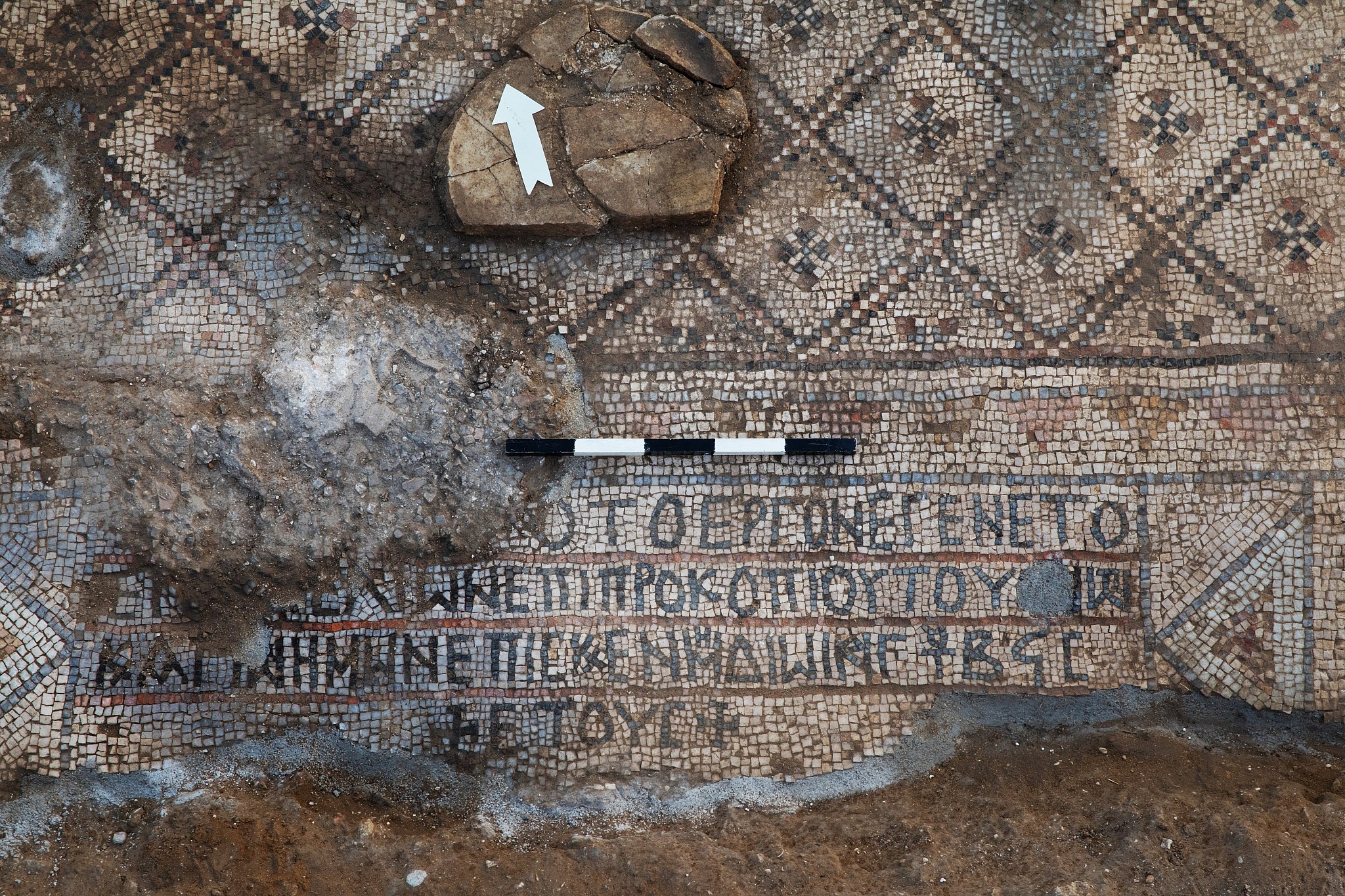
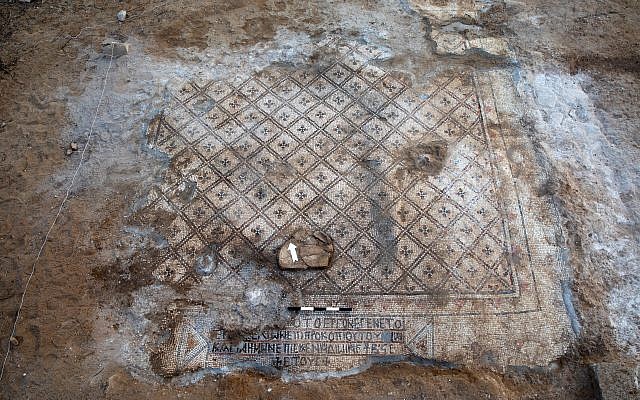
"Testimony to the presence of the actual Georgians in the Land of Israel as far back as the Byzantine period has been found dozens of kilometers from Ashdod — in Jerusalem and its surroundings. But this is the first time that a Georgian church or monastery has been discovered on the Israeli coast," said the archaeologists.
The large, colorful mosaic was uncovered at Ashdod-Yam during a third season of excavations under the direction of Dr. Alexander Fantalkin, from Tel Aviv University's Archaeology and Ancient Near Eastern Civilizations Department, in cooperation with Prof. Angelika Berlejung of Leipzig University. This find was discovered during an enlarged excavation in a cooperative project which also included Dr. Balbina Bäbler of the University of Göttingen and Israel Antiquities Authority Ashkelon district archaeologist Sa'ar Ganor.
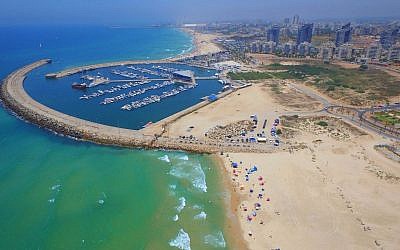
The ancient port city of Ashdod-Yam has roots stretching from the Late Bronze Age onwards. With many citations in the Hebrew Bible, it is also noted in 1 Maccabees under the Greek name of Azotus as having been purified by Judas and Jonathan from the idolatrous temple of Dagon. The Common English Bible's translation of 1 Maccabees 5:68 states, "But Judas turned aside to Azotus in the land of the Philistines. Judas tore down their altars, and he burned the carved images of their gods with fire."
In the Christian New Testament, the city was mentioned in connection to Saint Philip the Evangelist in the Acts of the Apostles chapter 8: "Philip, however, appeared at Azotus and traveled about, preaching the gospel in all the towns until he reached Caesarea."
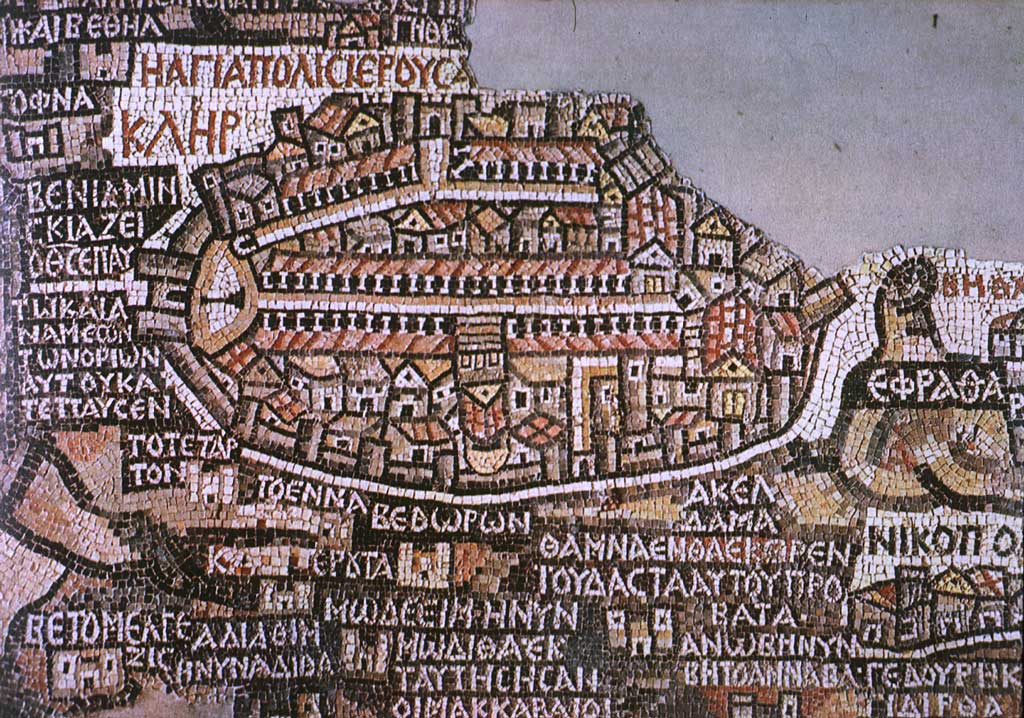
By the Byzantine period, Ashdod-Yam became one of the Land of Israel's more important coastal cities as shown through its inclusion in the Madaba Map as "Azotus Paralios." The Madaba Map shows public buildings, including churches and a street flanked by colonnades.
The four-line Greek commemoration inscription found in August is dedicated to the church (or monastery) builders. According to an IAA press release, the inscription mentions Bishop Procopius, in whose day the church was built, and the year of its construction, apparently according to the Georgian calendar: "[By the grace of God (or Christ)], this work was done from the foundation under Procopius, our most saintly and most holy bishop, in the month Dios of the 3rd indiction, year 292."
The Hebrew University of Jerusalem's Dr. Leah Di Segni deciphered the inscription. According to Di Segni, the Georgian calendar date corresponds to the year 539 CE.
"This is the earliest appearance of the use of the Georgian calendar in the Land of Israel, many years before it was used in Georgia itself," said Di Segni.
The archaeologists believe that the church or monastery where the mosaic was discovered is only a small portion of a larger complex.
"This public structure, which has only now begun to come to light, is part of an extensive archaeological complex in the southern part of modern Ashdod. We are now hard at work to raise additional funds to continue the archaeological excavation of Ashdod-Yam," they said.
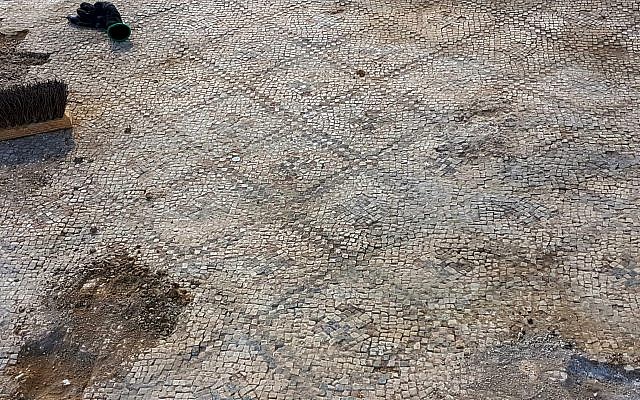
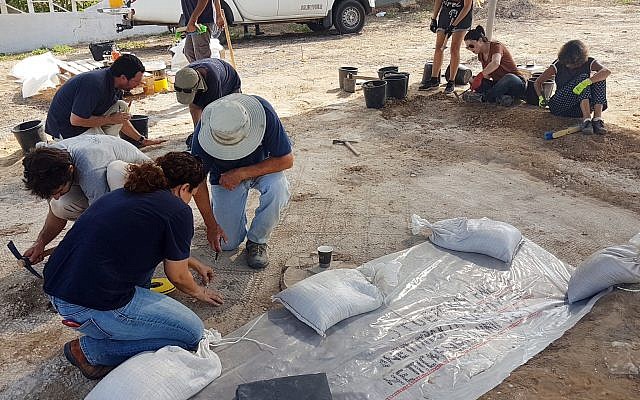
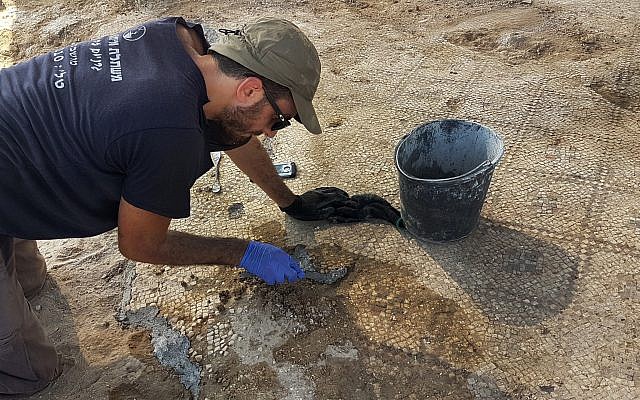
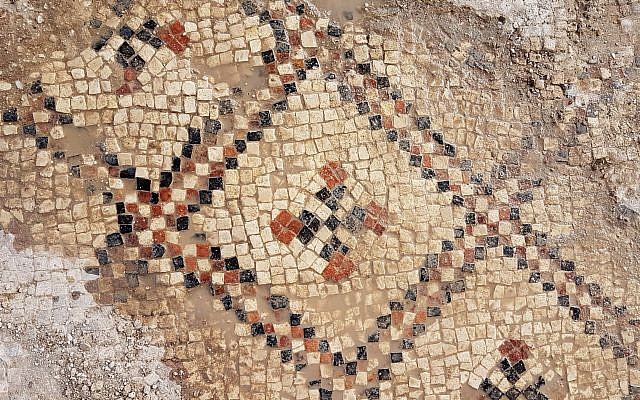
They tie this newly uncovered mosaic to historical sources which state that the Georgian philosopher prince Peter the Iberian lived in Ashdod-Yam prior to his death. Peter, who was the bishop of Majuma near Gaza, is credited with founding the first Georgian monastery in Bethlehem based on the Bir el Qutt inscriptions. Written in Georgian script, the Bir el Qutt inscriptions were discovered in 1953 at St. Theodore Georgian monastery, located between Bethlehem and Jerusalem, and the one mentioning Peter is dated to 532 CE.
Until now, however, there has been no solid evidence for the tradition connecting Peter the Iberian to Ashdod-Yam.
"And now it seems that we have uncovered actual evidence of his influence on the Byzantine city of Ashdod-Yam," said the archaeologists.
Amanda Borschel-Dan is The Times of Israel's Jewish World and Archaeology editor.
This article was published in the Times of Israel and is
archived at
https://www.timesofisrael.com/where-maccabees-overthrew-idolatry-early-georgian-christian-mosaic-uncovered/.
Additional photos are
available here.